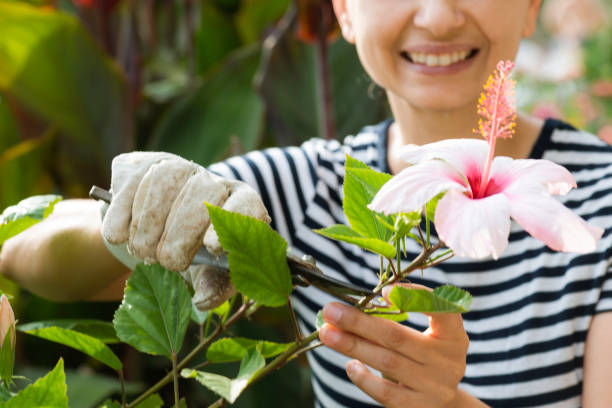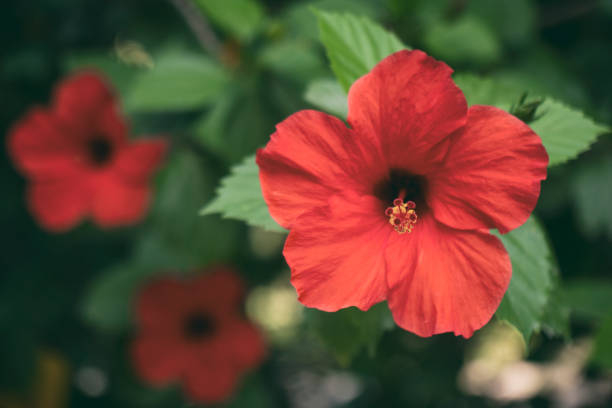Hibiscus
Hibiscus plants are often found in tropical and subtropical regions of the world, where they produce big, elaborate flowers. There are hundreds of different hibiscus species, but the roselle or Hibiscus sabdariffa is the most often consumed edible form. Hibiscus blossoms come in a variety of hues, including red, white, yellow, and various shades of pink, and can go as big as 6 inches (15 cm) in diameter. Hibiscus is popular for its culinary and medicinal uses while occasionally being produced only for decorative purposes. Although the blossom can be consumed directly from the plant, it is most frequently used in tea, relishes, jams, and salads. Hibiscus tea is popular across the world due to its therapeutic benefits.
A greater understanding of how hibiscus might promote heart health will require additional research, although some studies suggest that it may help lower blood pressure and cholesterol levels. The tea has a vivid crimson color and a tangy, slightly sour flavor. It may be served hot, but on a hot summer day, ice makes it very cool.













